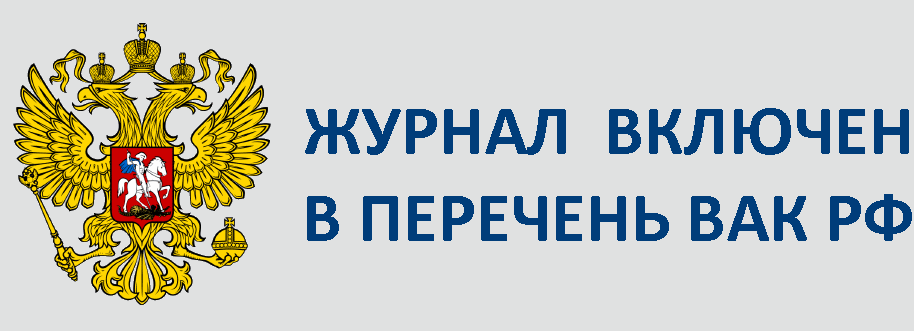№4-2024-06
DOI:10.22281/2413-9912-2024-08-04-39-46
Komlyakova J.U.
UNITED STATES IMPLEMENTATION OF OPERATION PROVIDE HOPE
IN COUNTRIES OF CENTRAL ASIA
The subject of the research is the problem of implementing the American humanitarian mission Provide Hope in the states of Central Asia after the collapse of the Soviet Union. The new independent states needed external assistance, since with the collapse of the planned economy, Kazakhstan, Kyrgyzstan, Tajikistan, Turkmenistan, Uzbekistan were in crisis in all spheres of the life of the state and society. For the United States, as for the the winner of the Cold War, it was important to establish and consolidate its influence in the newly independent states in general and the countries of Central Asia in particular. To implement this strategic objective, the United States has taken a number of measures, one of which is Operation Provide Hope as one of the elements of the implementation of the Freedom Support Act adopted by the US Congress in 1992. American assistance consisted of the supply of food, medicine, medical equipment, etc. Officially, this assistance was provided absolutely free of charge as a gesture of goodwill by the American government to the newly independent states. However, by analyzing the content and terms of bilateral agreements, as well as materials from declassified negotiations between the leaders of Central Asian states and the leadership of the United States, one can draw a conclusion about the reciprocal guarantees that the recipient countries provided to the American government to realize their foreign policy interests in the region.
Keywords: Operation Provide Hope, humanitarian policy, USA, Central Asia, Kazakhstan, Kyrgyzstan, Tajikistan, Turkmenistan, Uzbekistan.
Белгородский государственный национальный исследовательский университет (Россия),
Belgorod State National Research University (Russia),
Это произведение доступно по лицензии Creative Commons «Attribution-ShareAlike» («Атрибуция — На тех же условиях») 4.0 Всемирная






